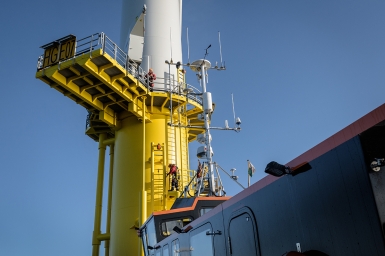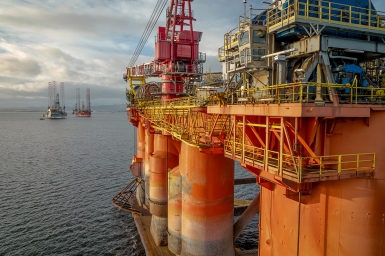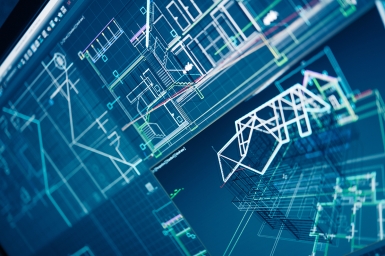Trends in Structural & Offshore Steel Grades
Durable and versatile, structural steel is widely used in the construction of bridges, buildings, stadiums, and other structures, and demand for structural steel components is growing. The same can be said for offshore steel demand, thanks to China’s continued increase in marine development. In 2019, the structural steel market size exceeded US$285 billion globally, and it’s estimated that it will grow at more than 7.5% CAGR by 2026.
Whether we consider structural or offshore steel grades, we find that the fabrication and erection of the various components can be expensive, challenging, and time-consuming. This is especially true for large-scale or complex projects. As a result, contractors and civil engineers continually look for new trends that can improve the quality, safety, and efficiency of structural and offshore steel fabrication and erection methods.
Take a closer look at some of the most significant trends in offshore and structural steel grades.



